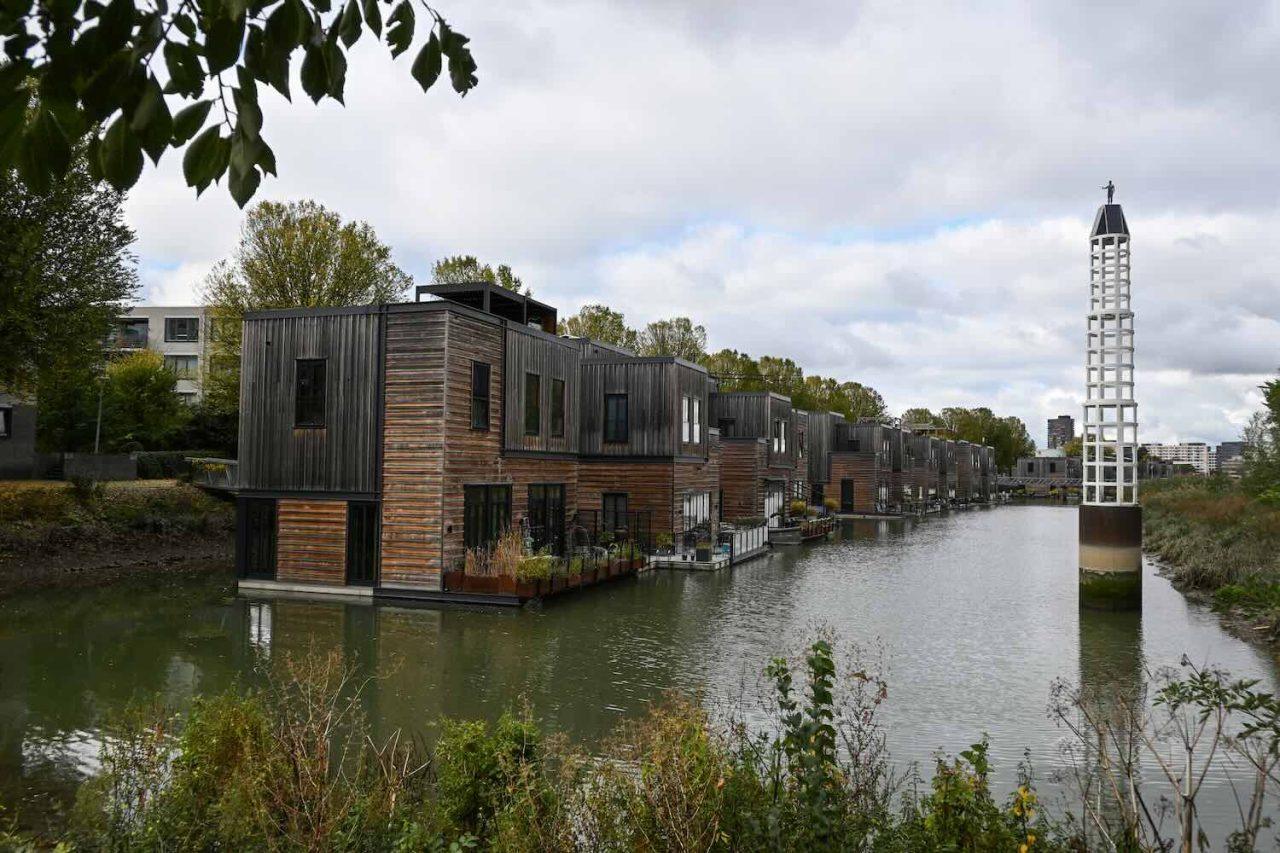
In the Netherlands, barriers have been used for centuries to prevent the sea from engulfing the land. But another movement is asking whether the future is instead fluid – and experimenting with floating parks, farms and offices. ‘It's about living with the water,’ says Rutger de Graaf at Blue 21.

For the people of the Pacific Islands, the sea is life, it provides most of their food, it regulates their climate. It’s a familiar friend, but for these low-lying island nations, rising seas are now threatening their very existence. Ironically, this threat has its origins far away, where emissions from industries that have enriched the world's most powerful industrial nations are the biggest contributors to the changes that make Elson Kelen, a community leader on Majuro, the capital of the Marshall Islands, fear for the future of his children and grandchildren.

A year ago, almost all the inhabitants of the island of Gardí Sugdub in Panama left, following warnings that their homes would be swallowed up by the sea. All that remains is silence and a few people. ‘I will die here,’ says 62-year-old Luciana Pérez, who has chosen to stay.

Rising sea levels are a looming disaster that risks hitting Pacific island nations particularly hard. This is the message from UN Secretary-General António Guterres at a summit of Pacific leaders: - I am in Tonga to issue a global SOS - Save our Seas - on rising sea levels.